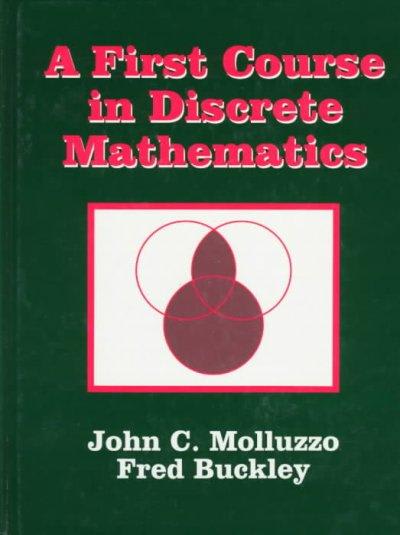
stats and probability
Two of the biggest soft drink rivals, Pepsi and Coke, are very concerned about their market shares. The pie chart that follows claims that PepsiCo's share of the beverage market is 24%. Assume that this proportion will be close to the probability that a person selected at random indicates a preference for a Pepsi product when choosing a soft drink. U.S. Refreshment Beverage Category Share - PepsiCo 24% . Coca Cola 21 % I DPSG 9% D Private Label 8% El Nestle 5% I Red Bull 4% I Monster 4% I All Other 25% A group of n = 500 consumers is selected and the number preferring a Pepsi product is recorded. Use the normal curve to approximate the following binomial probabilities. (Round your answers to four decimal places.) (a) Exactly 120 consumers prefer a Pepsi product. (b) Between 110 and 120 consumers (inclusive) prefer a Pepsi product. (c) Fewer than 120 consumers prefer a Pepsi product. (d) Would it be unusual to nd that 217 of the 500 consumers preferred a Pepsi product? 0 Yes ONo An experimenter publishing in the Annals of Botany investigated whether the stem diameters of the dicot sunflower would change depending on whether the plant was left to sway freely in the wind or was artificially supported. Suppose that the unsupported stem diameters at the base of a particular species of sunflower plant have a normal distribution with an average diameter of 35 millimetres (mm) and a standard deviation of 3 mm. (a) What is the probability that a sunflower plant will have a stem diameter of more than 40 mm? (Round your answer to four decimal places.) (b) If two sunflower plants are randomly selected, what is the probability that both plants will have a stem diameter of more than 40 mm? (Round your answer to four decimal places.) (c) Within what limits would you expect the stem diameters to lie, with probability 0.95? (Round your answers to two decimal places.) lower limit mm upper limit mm (d) What diameter represents the 90th percentile of the distribution of diameters? (Round your answer to two decimal places.) mm Need Help? Read It -/1 Points] DETAILS MENDSTATC4 6.E.029. MY NOTES ASK YOUR TEACHER PRACTICE ANOTHER Suppose the numbers of a particular type of bacteria in samples of 1 millilitre (mL) of drinking water tend to be approximately normally distributed, with a mean of 90 and a standard deviation of 8. What is the probability that a given 1-ml sample will contain more than 107 bacteria? (Round your answer to four decimal places.) Need Help? Read It









